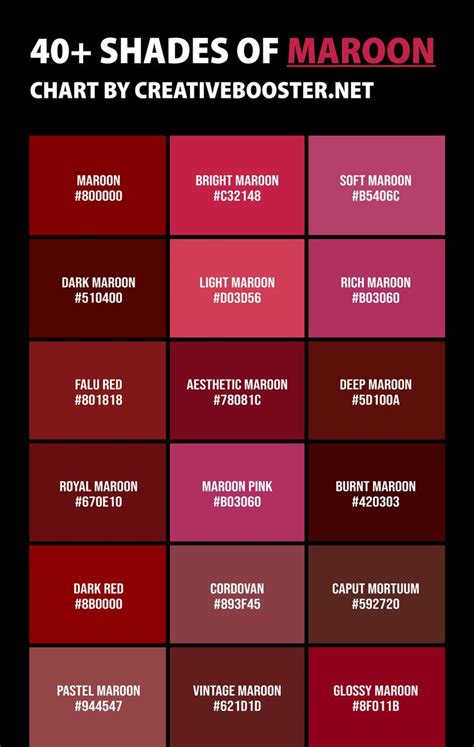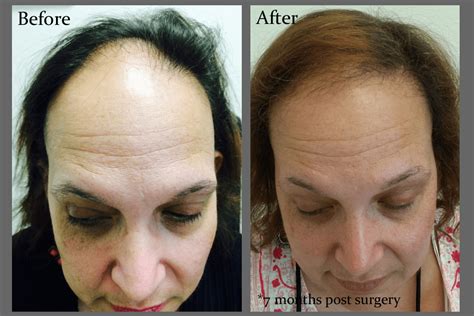Introduction
Hair loss is a prevalent concern among women, affecting over 50 million in the United States alone. This common condition can have profound psychological and emotional impacts, leading to diminished self-esteem and lowered confidence. Fortunately, technological advancements have led to numerous effective hair replacement options tailored specifically to women.

Types of Hair Replacement Systems
-
Wigs: These are non-surgical options that provide complete scalp coverage. Wigs can be made from human hair or synthetic fibers, offering a wide range of styles and colors.
-
Hairpieces: Also known as “toppers,” these cover the top or crown of the head. Hairpieces are ideal for concealing thinning areas or adding volume to existing hair.
-
Extensions: Extensions involve adding extra hair to your existing tresses to achieve length, volume, or color enhancements. They come in clip-in, tape-in, and bonded varieties.
-
Scalp Micropigmentation: This non-invasive procedure creates the illusion of thicker hair by implanting pigment into the scalp. It is particularly effective for women experiencing hair loss due to alopecia or scarring.
Benefits of Hair Replacement
-
Enhanced Appearance: Hair replacement restores fullness and volume to thinning hair, significantly improving your overall appearance and self-esteem.
-
Concealment: It effectively hides areas of hair loss, allowing women to feel comfortable and confident without experiencing embarrassment.
-
Confidence Boost: Regaining a full head of hair can work wonders for your confidence and self-worth, empowering you to pursue various social and professional opportunities.
-
Improved Quality of Life: Hair replacement can significantly enhance your quality of life by reducing stress, anxiety, and depression associated with hair loss.
Considerations for Choosing a Hair Replacement System
-
Cause of Hair Loss: Determining the underlying cause of hair loss is crucial for selecting the most suitable hair replacement method. Consult with a healthcare professional or trichologist for an accurate diagnosis.
-
Lifestyle and Preferences: Consider your lifestyle and preferences when choosing a hair replacement system. Determine the desired coverage, maintenance requirements, and style that best suits your needs.
-
Budget: Hair replacement systems vary in price depending on the method, materials, and complexity. Set a budget and explore options that align with your financial capabilities.
Common Mistakes to Avoid
-
Unrealistic Expectations: Don’t expect hair replacement to make your hair exactly as it was before hair loss. Instead, focus on achieving a natural and flattering appearance.
-
Neglecting Maintenance: Regular maintenance is essential for keeping your hair replacement system looking and feeling its best. Follow the recommended cleaning and care instructions carefully.
-
Choosing the Wrong Method: Not all hair replacement systems are suitable for everyone. Consult with a hair loss specialist to determine the best option for your individual needs and concerns.
Why Hair Loss in Women Matters
Hair loss in women can be a significant issue, affecting their well-being and overall quality of life. It can result from various factors, including:
-
Hormonal Imbalances: Hormonal changes during menopause, pregnancy, and postpartum can cause hair thinning and loss.
-
Stress: Prolonged stress can trigger a condition called telogen effluvium, resulting in temporary hair loss.
-
Medications: Certain medications, such as chemotherapy for cancer treatment, can have hair loss as a side effect.
-
Medical Conditions: Thyroid disorders, autoimmune diseases, and alopecia areata can also lead to hair loss.
-
Heredity: Genetic factors can contribute to hair loss in women, including female-pattern baldness.
Benefits of Hair Replacement for Women
-
Improved Self-Esteem: Regaining a full head of hair can significantly boost a woman’s confidence and self-esteem, reducing feelings of inadequacy and embarrassment.
-
Personal Empowerment: Hair replacement empowers women to take control of their appearance and regain their sense of self-worth.
-
Social Acceptance: Societal norms often dictate that women should have long, thick hair, and hair replacement can help them conform to these expectations and feel accepted.
-
Improved Quality of Life: Hair replacement can significantly enhance a woman’s overall well-being by reducing stress, anxiety, and depression associated with hair loss.
FAQs about Hair Replacement for Women
-
Is hair replacement covered by insurance? Coverage for hair replacement varies depending on the insurance provider and policy. However, some insurance plans may cover hair replacement for women with medically diagnosed hair loss.
-
How long does a hair replacement system last? The lifespan of a hair replacement system depends on the type of system, care, and maintenance. Wigs and hairpieces typically last for 6-12 months, while extensions can last for 3-6 months. Scalp micropigmentation results can last for several years.
-
Can I swim or exercise with hair replacement? Most hair replacement systems are waterproof and can be worn during swimming or exercise. However, it is important to follow proper care instructions to maintain the integrity of the system.
-
Is hair replacement painful? Non-surgical hair replacement methods like wigs, hairpieces, and extensions are painless. Scalp micropigmentation may involve slight discomfort during the treatment session, but it is minimal and manageable.
-
How do I care for my hair replacement system? Regular cleaning and maintenance are crucial for prolonging the lifespan and appearance of your hair replacement system. Follow the recommended care instructions provided by the manufacturer or hair replacement specialist.
-
Can I cut or style my hair replacement system? Cutting or styling hair replacement systems requires professional expertise. Consult with your hair replacement specialist for guidance on proper maintenance and modification.
-
How often should I replace my hair replacement system? The frequency of hair replacement depends on the type of system and your individual needs. Wigs and hairpieces should be replaced every 6-12 months, while extensions may need to be replaced more frequently.
-
Where can I find a qualified hair replacement specialist? Look for hair replacement specialists certified by reputable organizations like the American Board of Hair Restoration Surgery (ABHRS) or the International Society of Hair Restoration Surgery (ISHRS). They have undergone rigorous training and are up-to-date on the latest advancements in hair replacement techniques.
Conclusion
Hair replacement for women is a transformative option that can significantly improve their appearance, confidence, and overall well-being. By choosing the right hair replacement method, following proper care instructions, and addressing the underlying cause of hair loss, women can regain their tresses and embrace a more fulfilling life.
